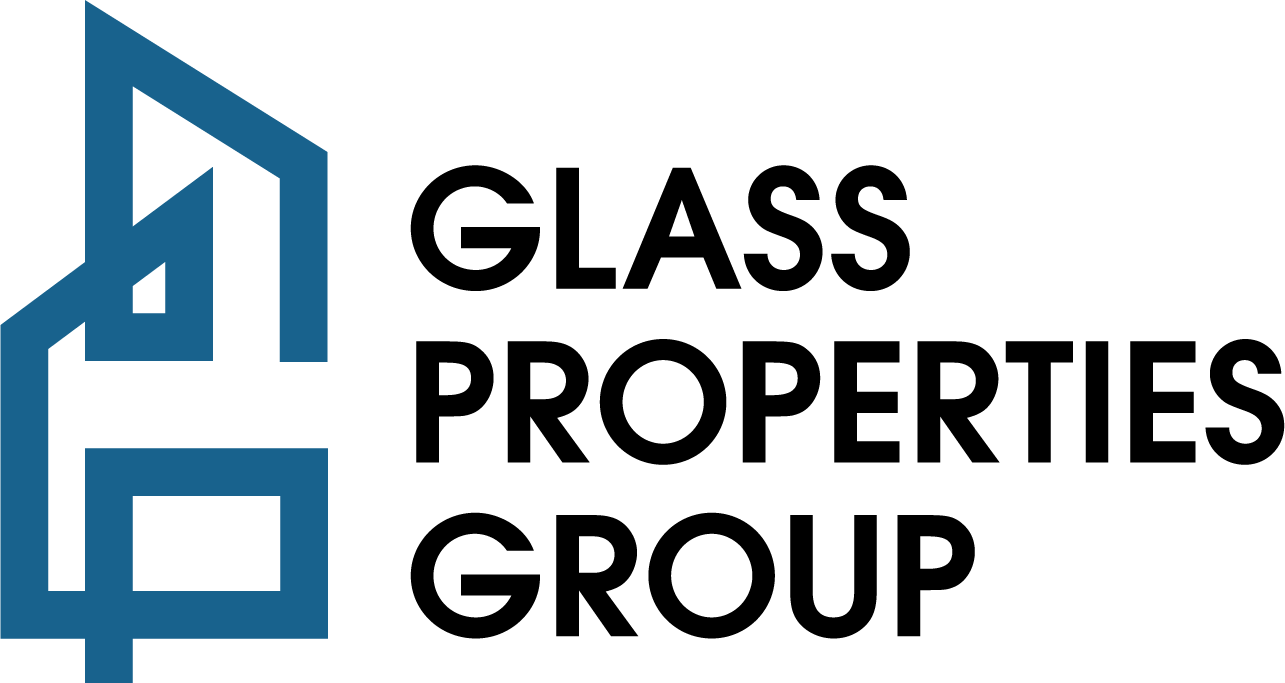
ANDREY TOLKACHEV
The outlook among commercial real estate industry players remains mixed as 2024 officially hits its midway point.
A second-quarter survey of industry representatives by Altus Group found slightly more respondents were concerned about the possibility of a recession compared to the prior quarter, but a greater share felt better about debt capital availability.
While about half of the respondents said they didn’t anticipate a recession in the near term, the number of individuals who said they did expect a recession soon increased by seven percentage points compared to Altus’ first-quarter survey. Additionally, many respondents believe the U.S. capital environment will remain a challenge, with 49% saying they expect interest rates will remain stable in the next year, but 40% of respondents saying they felt the cost of capital will increase in the next year.
Cole Perry, senior market analyst at Altus, said past surveys done by the firm, especially at the end of 2023, indicated optimism about several possible interest-rate cuts in 2024. That outlook has since dimmed, with the Federal Reserve deciding to hold off on cutting rates until inflation moves closer to the agency’s 2% target.
Fewer and later rate cuts have made the industry somewhat more pessimistic about dealmaking, according to the survey, but it’s possible more people will start to move forward on transactions despite the higher-for-longer rate environment.
“The optimism is still there, but I think folks are just really starting to accept the cost of capital as it is right now,” Perry said. “I think the thing that’s most interesting is, even if they expect cost of capital to remain high, and one or two rate cuts isn’t going to do the trick to get the wheels turning, they had a lot less concern about capital availability.”
According to the survey, expectations for debt capital availability among U.S. respondents improved by 20 percentage points for mortgage REITs, 22 percentage points for insurers and 36 percentage points for securitizations compared to the previous quarter’s survey. Meanwhile, expectations for bank lenders declined by 33 percentage points in that same time period.
Perry said it’s likely many in commercial real estate don’t expect bank lending to come back anytime soon, but groups are finding opportunities among alternative lenders, such as life-insurance companies and debt funds.
“There’s a lot of hope that alternative debt sources will be somewhat available for the rest of the year and going into 2025,” he said.
One key aspect to dealmaking apparently remains stalled: the bid-ask spread between buyers and sellers. That gap is likely preventing many deals from crossing the finish line.
Among the four main property types (office, industrial, multifamily and retail), more than half of respondents in the Altus Q2 survey said they felt multifamily and office assets were overpriced, at 61% and 56%, respectively. Among all property types, 72% of respondents said they felt land/development sites were overpriced, and 67% said the same about life sciences properties.
Retail was seen as the most fairly priced among the categories in the survey, with 83% of respondents saying so.
The survey results suggest there’s still a ways to go for buyers and sellers to meet on pricing, Perry said.
“I think what you’ll see is deals possibly pick up in some non-traditional sectors before they pick up in office or industrial or some of the main property types,” he said.
The office segment remains the biggest, and most daunting, question mark among commercial real estate property types. Although some office towers have sold this year — albeit in some instances at significantly lower values than they last traded — there remains a significant swath of buildings sitting mostly vacant and without a clear future.
Perry said the bifurcation in the office market means that trophy central business district properties, as well as well-located buildings in the suburbs and just outside a city’s urban core, will continue to do well. It’s Class B and C buildings in less-prime locations that will continue to have a murky future.
“Eventually, buyers and sellers will have to meet on that pricing, but I would expect a lot of distress in that middle space,” Perry said. “I think buyers and sellers still have not met on where that stuff is actually priced. You get a lot of folks talking about waiting for distressed sales. I think we’re still waiting on those.”


Keller Williams Realty, Inc. is a real estate franchise company. Each Keller Williams office is independently owned and operated. Keller Williams Realty, Inc. is an Equal Opportunity Employer and supports the Fair Housing Act.